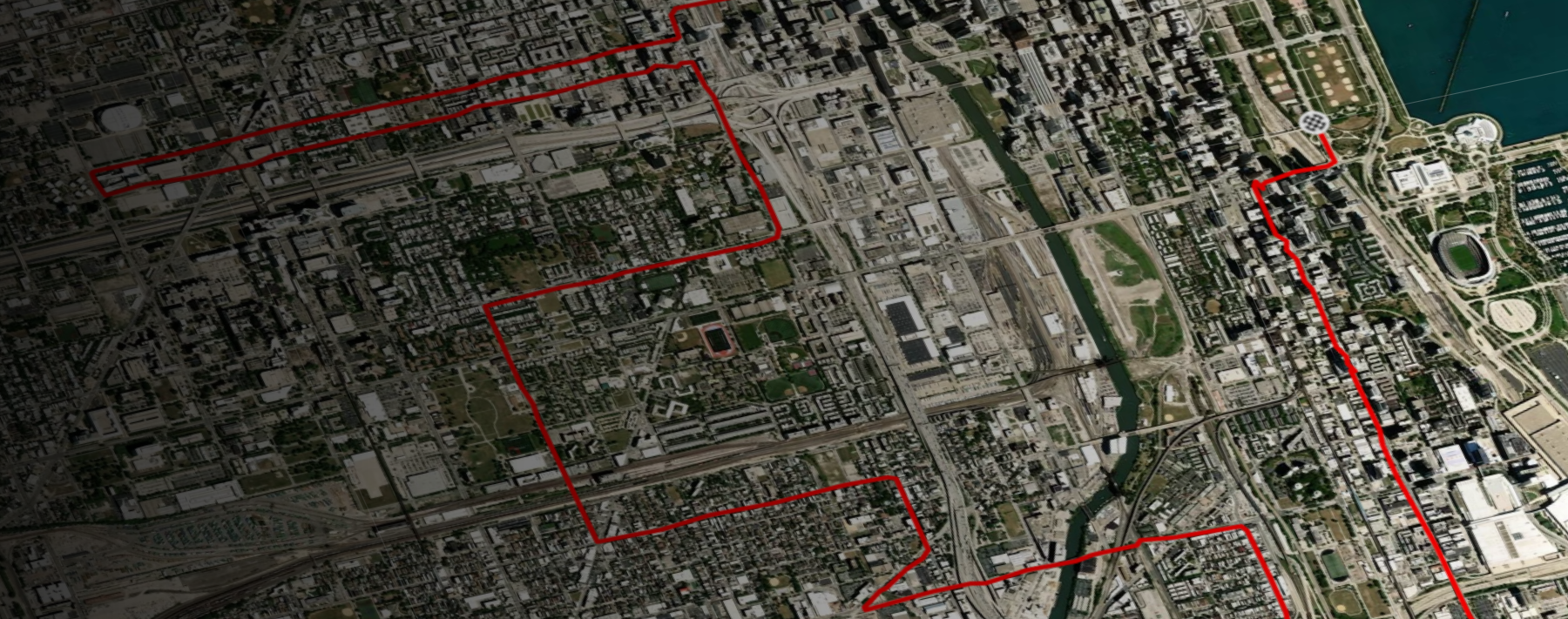United States v. Hay, 2024 WL 1163349 (10th Cir. 2024)
Bruce Hay is a U.S. Army veteran. Hay was injured in a serious car accident, leading to a diagnosis of “functional neurological disorder” impairing his mobility. Based on this diagnosis, Hay was approved for disability benefits from the Department of Veterans Affairs (VA).
Six years after his benefits were approved, someone gave an anonymous tip to the VA’s Office of the Inspector General (OIG) that Hay was not permanently disabled. An investigation followed. Investigators devised a fake deer poaching operation on a nearby farm so they could observe Hay from a closer distance. The investigators also watched Hay as he went to medical appointments and other events. They also installed a pole camera on a school rooftop across the street from Hay’s house. Motion-activated and remote-controlled, the camera captured 15 hours of recording per day for nearly three months.
The appellate court had previously held that the use of a pole camera does not constitute a search if the camera can only capture activity in public view.
At the end of a six-year investigation, Hay was indicted on 10 counts of stealing government property and six counts of wire fraud. A jury found him guilty of all counts. Hay appealed his conviction, arguing investigators violated his Fourth Amendment rights by conducting long-term surveillance with the pole camera. Hay’s claim of privacy invasion was supported by a number of news media organizations, as well as the American Civil Liberties Union and the Electronic Privacy Information Center.
“For decades, the Supreme Court has held that individuals do not have a reasonable expectation of privacy in activity that occurs in public view.” That judicial philosophy has informed the Court’s decisions upholding aerial surveillance, even if “human vision is enhanced somewhat” by publicly available technology. In contrast, in Kyllo v. United States (533 U.S. 27 (2001)), the Supreme Court held the use of thermal imaging for the purpose of “obtaining by sense-enhancing technology any information regarding the interior of the home that could not have otherwise been obtained without physical intrusion” constitutes a search.
Get the Xiphos law enforcement legal update delivered to your inbox: SUBSCRIBE NOW!
The appellate court had previously held that the use of a pole camera does not constitute a search if the camera can only capture activity in public view. Hay argued the Supreme Court decision Carpenter v. United States (585 U.S. 296 (2018)), in which the Court stated the Fourth Amendment application to advances in technology may “not fit neatly under existing precedents,” should mean that “months-long, potentially limitless surveillance crosses the line.” In Carpenter v. United States, the Supreme Court held a warrant supported by probable cause is required for the police to acquire 127 days of the defendant’s historical cell phone location information.
The court rejected Hay’s argument, reasoning that the Supreme Court decision in Carpenter was “a narrow one” and did not disturb established precedent that the use of the pole camera to capture activities in public view did not constitute a search under the Fourth Amendment.



